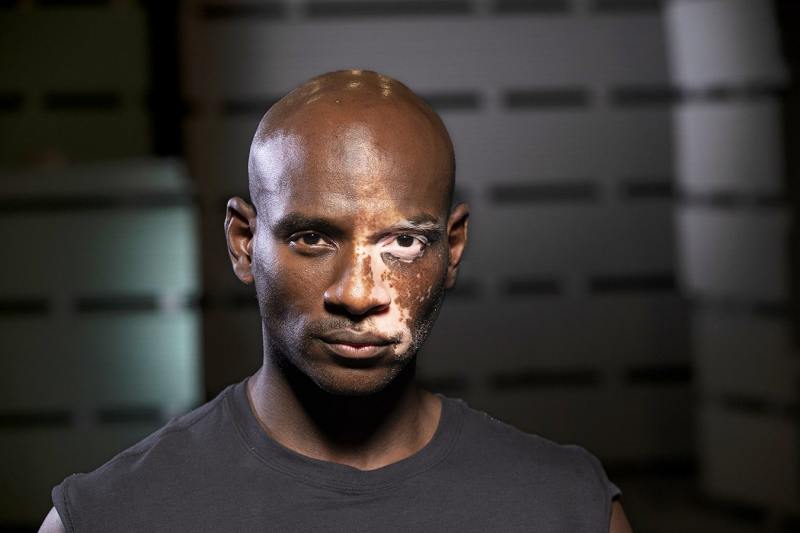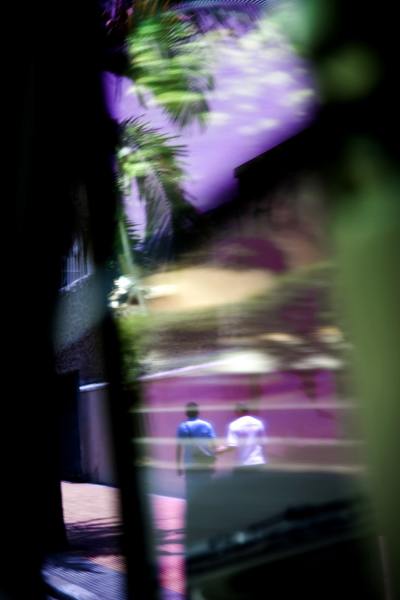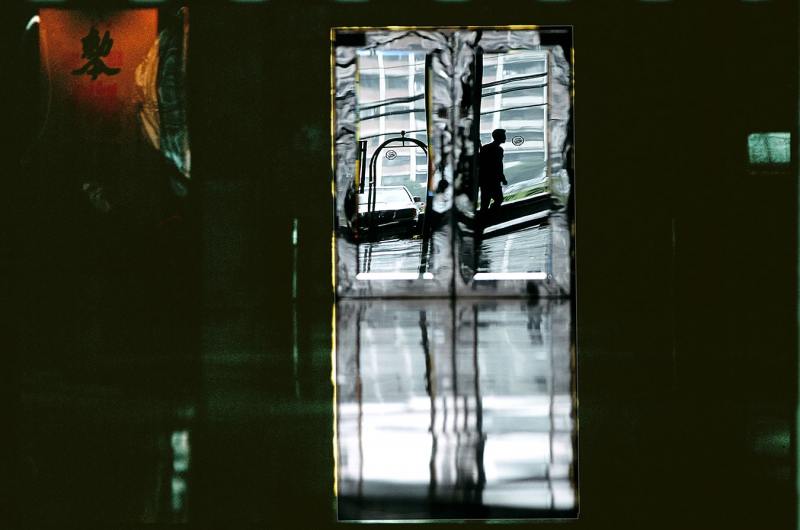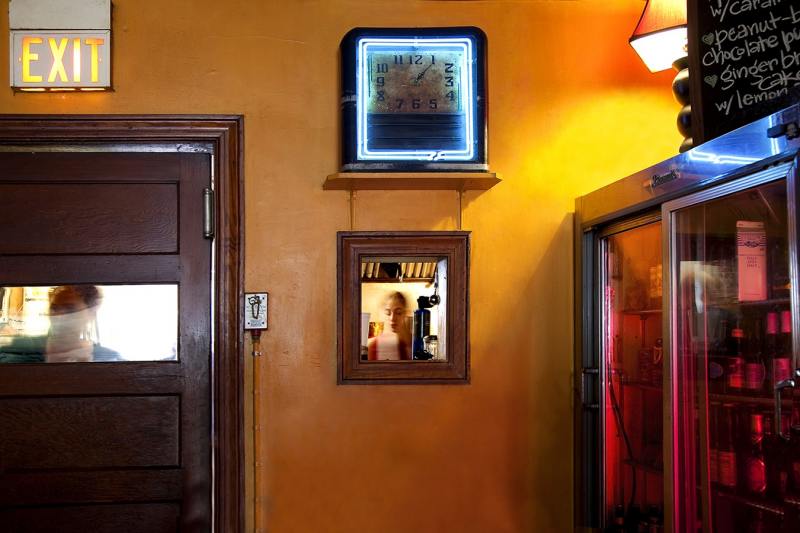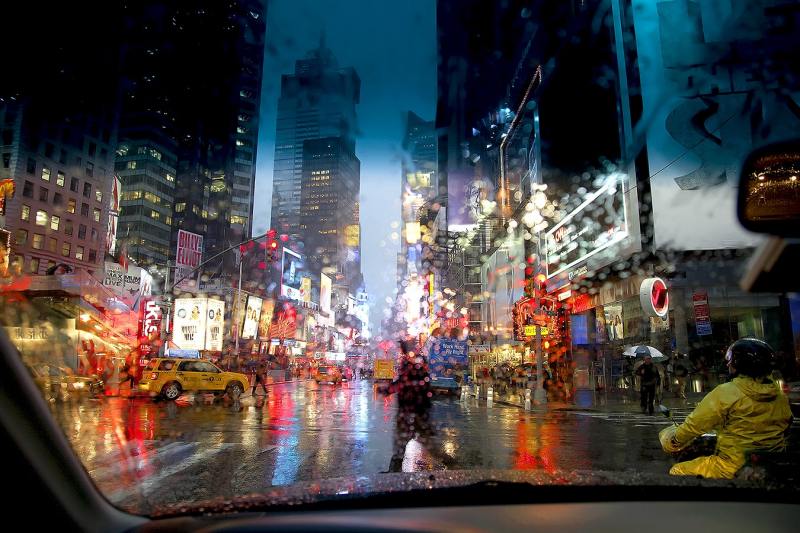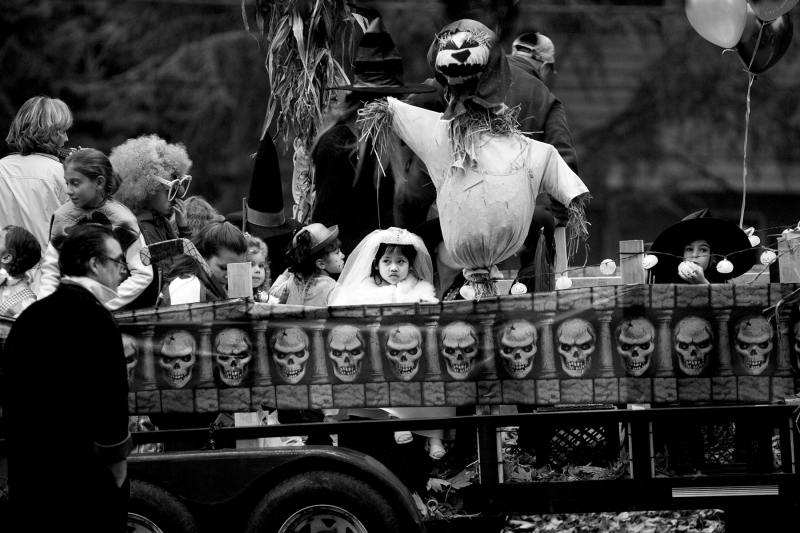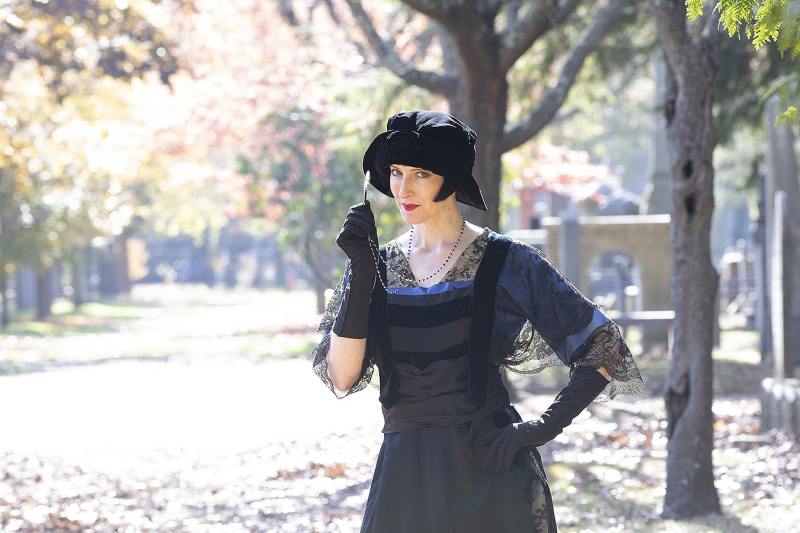Ted Kawalerski: Interview
.
TW: Let’s start from the beginning. You graduated from a jesuit college in Buffalo, New York with a degree in English. What drew you to major in English early on in life?
TK: I graduated from Canisius College in Buffalo, NY in 1970 and I received a BA in English. At this point in my life, I had no idea what my career path would be but my main skill set was writing, so English was the obvious choice for a degree. I was also a voracious reader.
TW: After graduating from college you were drafted into the Army? What were some of the highlights/lowlights of enlisting?
TK: After graduating from Canisius I was drafted into the Army and I ultimately did a tour in West Berlin, Germany. This period of time changed my whole life. Living overseas was an incredible experience since I had never been abroad. I immediately related to the German people and I also met incredible people in the Army.
TW: When you served in the armed forces what led you to your early interest in Photography?
TK: There are two factors that brought me into the world of photography. The military base that I was living in had an incredible photo facility which had state of the art film processing stations and darkrooms. The German civilian who ran the place was an amazing photographer and he loved to teach people the technical basics. Above all, he was inspirational but brutally honest when he looked at my pictures.
My girlfriend had friends who worked in various advertising agencies. They supported my journey into photography and provide valuable and critical advice.
TW: When did you decide you wanted to become a professional photographer?
TK: By the end of my tour in West Berlin, I decided to pursue a photography career. When I returned home to Buffalo, NY I intended to spend some time with my family and then head to NYC. However, I had an opportunity to work at an incredible studio, Greenburgh-May Productions. This where I really learned the business of commercial photography. I worked in formats from 8X10 down to 35mm and this experience convinced me that I was never going to pursue still life photography. I did plenty of that and I never enjoyed the process. There were four photographers in the studio and I ultimately did the small format location work that primarily involved people on location.
TW: You started your career in Rochester, New York and made a decisive decision to move closer to Manhattan in the early eighties. What prompted you to make the move?
TK: After working in Buffalo, I was married and moved to Rochester, NY because my former wife was doing graduate work at RIT and teaching art in high school. For a brief time I worked in another studio but shortly thereafter, I started my own business. I did primarily location lifestyle work and I started shooting for corporate annual reports. At this point in time this was very high level work, both in terms of quality and fees. After a few years we moved to Sleepy Hollow, NY which is only about twenty-file miles from midtown Manhattan. With two small kids, we didn’t want to live in the city. After a divorce, I continued to live here because the location is perfect for what I do. I can be in Manhattan, New Jersey and Connecticut on short notice and I am centrally located to all of the metro NY airports. When I moved it was much more important to be in New York than it is now. Many agencies and design firms wouldn’t take you seriously if you were not working out of a major city. I wound up commuting to New York so it was time to move.
TW: With decades of experience beginning in the 1970’s and enjoying huge success in the field, how would you compare the business of photography before the turn of the century to what it is now, early in the 21st?
TK: This business is completely different today than it was when I began working as a photographer. The number of photographers has increased dramatically so obviously the competition is much more intense. Art directors in advertising agencies used to hire photographers directly but now, art buyers do that. So there is another layer to deal with and the bottom line price has become much more important. Design firms directly hire photographers but they are under constant pressure to keep costs down and photographers that I know have not raised fees in 10-15 years. A problem for photographers that specialize in corporate work is that , in my view, many people in corporations that hire them have no clue about the process. The importance of Marketing / Communication departments has seriously declined over the years. At one time, these departments were run by Senior VP’s that answered directly to the CEO. Now they could be run by an unrelated department. As a result, people that are in charge of projects, very often, do not know what they are doing.
TW: For years you were at the top of the field creating still photographs for corporate America. What made you switch to motion picture production?
TK: The demand for high level corporate photography has been steadily diminishing over the last fifteen years. So, ten years ago, while having lunch in Manhattan with a friend of mine, I made the split second decision to start a small film production company. I had been thinking about doing this for several months and at that moment I felt inspired.
I contacted Matt Stanton who had recently graduated from college and had been making films since he was twelve years old. He was also a very experienced editor. We started to make a few demos and shortly thereafter, Gene Mayer came on board. Gene is a fantastic graphic designer and in a different life, he was a client. He is the producer, art director and designer.
When I worked in Buffalo, in addition to shooting stills, we were shooting television commercials and I would periodically work as an assistant director. I would occasionally be tempted to pursue filmmaking but, at that time, making films was more complicated and required more people. Today, with digital cinema cameras and digital editing, you are much more self empowered. I was absolutely ready for a change.
TW: What was the best assignment you ever had?
TK: The one shooting assignment that stands out was for Liberty Mutual. This was literally an around the world project. NY>Madrid>Istanbul>Rome>Hong Kong>Ho Chi Minh City>Santiago>NY. I was doing environmental / situational portraits of various Liberty Mutual employees. Since this assignment came down just as we were beginning the film / video business, I was also shooting video (without charging the client) to be able to put together a small film for our reel. My client loved the piece, but because Liberty Mutual’s in house production company didn’t do it, they didn’t use it. This is just another example of corporate bullshit.
TW: What would you advise the young photographer trying to make a career in the field of photography whether it be fine arts or commercial photography?
TK: If a young person is interested in pursuing photography as a career and wants to study in a university or college, I would recommend majoring in Graphic Design and Art History. In addition, of course, the student should take photography courses as a minor. A professional photographer routinely interacts with art directors and graphic designers and by understanding their workflow you are enabling a much smoother relationship. Furthermore, and more importantly, one has to develop a sense of style and composition. By studying Graphic Design, you start to understand the relationships of elements in a frame.
Studying Art History – all types of art including photography – gives one a sense of what has been perceived and recognized as “Art” – good and bad. It’s important to absorb as much as possible in order to start to develop one’s own sensibilities without imitating specific genres.
If someone wants to pursue a career in commercial photography, it is extremely important to work for an established photographer that does the kind of assignments that you would like to be doing. By working as an assistant, you learn the real world workings of professional photography. This is the motherload of technical training and business practices. This is why I do not recommend Photography as a major. I have seen too many people come out of school absolutely clueless.
I have also seen people that have never had higher education become extremely successful photographers and cinematographers, We just started working with a filmmaker that quit school when he was fifteen years old. When you speak with him, you would think that he has an advanced degree. He was a big time skateboarder in Florida and he began making videos of himself and other skateboarders. He sold them to skateboarding websites and eventually expanded into other types of filmmaking. He taught himself Adobe Premier and he does all of his own editing. This led him to work for the UN where he established himself as a documentary cinematographer.
TW: At age 73, do you love photography as much as you did when you first started learning the craft?
TK: Even though I’m not shooting very many still assignments now, I love photography more than I ever did because I am totally absorbed in my personal projects. I have been working on three different projects simultaneously. Since I live on the Hudson River and I really love the diversity of the entire length of the river, I started a black and white project twenty years ago: Top to Bottom – The Hudson River. There have been two shows and I intend to do a book. I have photographed people and places along the entire length of the Hudson River from the headwaters in the Adirondacks at Lake Tear of the Clouds all the way down to Manhattan. I periodically add new images to the collection.
Another project that I have been working on is Windows which I started shooting while traveling on assignments. I was interested in images that were reflected in windows and images that were seen in and out of windows. I knew that this idea has been portrayed frequently in photography and paintings so it’s been challenging to make pictures that I haven’t seen before. I have been throwing out many more images than the ones that I have kept. I had a show of this work at a gallery in New York about ten years ago and after reflecting on the collection, I realized that there were too many fillers. I have recently been revitalized about this work and I am making 40”X60” prints of about twelve pictures that I edited down from about thirty.
Landscapes 4060 is the third body of work that I am currently printing. I have found that this work is the most difficult to produce. I rarely make a picture that I keep. We are inundated with wide angle photos of the Grand Canyon at sunset and others like it and it’s easy to fall into the trap. After many years, I have fifteen images that work. In general, I have been brutal in the editing process. This pertains to all of my work.
.
REEL: Cork Factory Films & Communications, NY.
.

Photo: Brian Stanton, Copyright 2025
.
To access Ted Kawalerski’s website, click here: https://corkfactoryfilms.com
